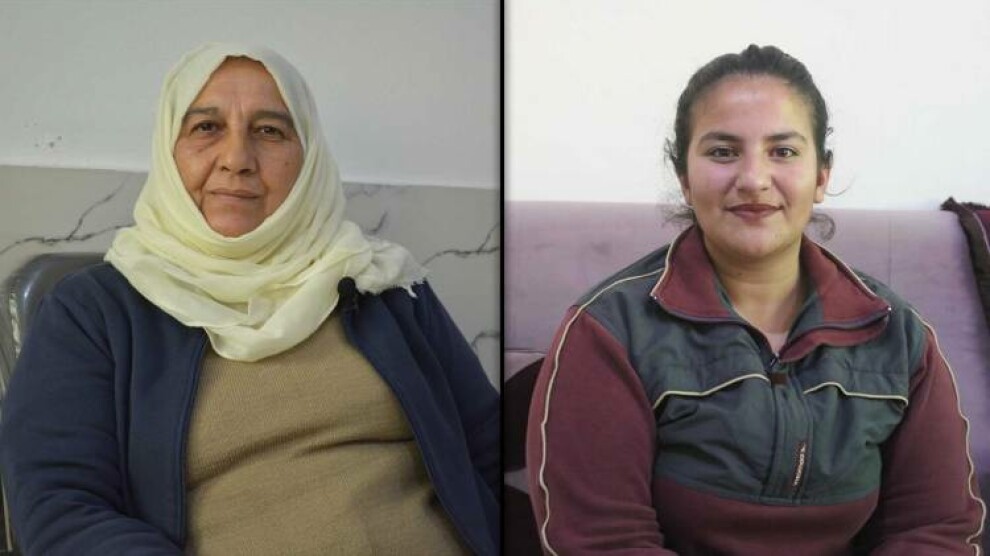Former journalist Ayşe Efendi: The stage we have reached is pleasing
Ayşe Efendi, who did journalism for 10 years when the Ba'athist regime controlled the region, is known as politician now. The stage the Kurdish journalists have reached is pleasing, said Ayşe Efendi. “I have loved journalism since I was a child but I decided to be a journalist after Deniz Fırat was killed in Maxmur by ISIS,” said Rebia Êto, who has worked as a war reporter for years.

BERÇEM CUDİ
Kobanê – The advances in technology have undoubtedly made life more convenient. We have been able to immediately hear the news around the world but the technological advances have also allowed young people to play an active role in the press. April 22 has been celebrated as “Kurdistan Journalists’ Day” for 123 years. On April 22, 1898, the first Kurdish newspaper “Kurdistan” was published in Cairo, the capital of Egypt, by Miqdad Baderkhan. The history of Kurdish journalism goes back to 1932. For 89 years, many Kurdish magazines, newspapers, and news agencies have been closed down; many Kurdish journalists have stood trial for their journalistic activities; they have been held behind bars for years but they have never given up reporting.
“We hid the photographs”
Ayşe Efendi is well known as a politician but she is actually a former journalist. In 1995, she started her journalism career by working as a reporter for Med TV, the first Kurdish television channel. She was a mother and wife when she started her journalism career. She faced many difficulties in doing her job, “Despite technical impossibilities, we worked night and day. We illegally worked due to the pressure of the Ba'athist regime. The Newroz celebrations were forbidden but we attended them and took photographs. I used seven roll films during only a Newroz celebration. I gave each of the roll films to different women to hide them. When the celebration ended, we took the roll films back. In that way, we saved the film rolls even if some of them were caught by security forces.”
“We did journalism under pressure”
Ayşe Efendi worked as a journalist for years under pressure. They hid their records and photographs in a hole that they dug in the Milê village of Kobanê for years, “We kept the archive of the channel there for years. We secretly entered the village to add records to our archive. We had to burn some of them.” She told us that they felt bad for burning the records. “The stage the Kurdish journalists have reached is pleasing. In fact, we created many things out of nothing.”
“I decided to be a journalist after Deniz Fırat was killed”
Rebia Êto is another Kurdish journalist. She has worked as a war reporter since 2015. Rebia Êto covered the attacks of Daesh on Raqqa and Manbij. Rebia told us how she had decided to be a journalist as follows; “I have loved journalism since I was a child but I decided to be a journalist after Deniz Fırat was killed in Maxmur by ISIS. After hearing her death, I began to work as a journalist and I will never leave this profession.”
